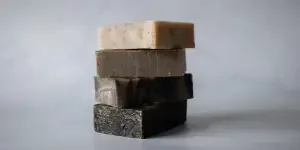Car floor mats are an indispensable accessory for protecting vehicle interiors from dirt, moisture, and wear, while also enhancing their visual appeal and maintaining long-term value. As the demand for durable, stylish, and sustainable mats grows, staying informed about market trends and product innovations has become critical for industry professionals. Understanding the evolving preferences for materials, design, and functionality can help businesses make informed purchasing decisions that align with customer needs. This article delves into the market dynamics, features of various car floor mat types, and key selection criteria to aid professionals in choosing the best options. Equipped with these insights, businesses can optimize their product offerings to meet both practical and aesthetic demands in the competitive automotive accessory market.
Table of Contents
● Understanding the car floor mat market: Scale, trends, and growth
● Exploring car floor mats: Types, features, and benefits
● Key factors to consider when choosing car floor mats
● Conclusion
Understanding the car floor mat market: Scale, trends, and growth

A thriving market with steady growth
The global automotive mats market is currently valued at $33.5 billion in 2023 and is expected to grow at a compound annual growth rate (CAGR) of 4.4%, reaching an estimated $51.7 billion by 2033, according to Fact.MR. This steady growth reflects increasing consumer demand for both functionality and aesthetic appeal in car interiors. Rubber automotive mats hold a dominant market share of 40%, driven by their durability and flexibility.
Regional dynamics fueling demand
Europe remains a key player in the automotive mats market, fueled by the presence of major luxury automobile manufacturers like BMW, Mercedes, and Audi. Developing regions such as China and India are witnessing rapid demand growth, attributed to rising disposable incomes and increased vehicle ownership. China’s robust manufacturing sector and government support further position it as a lucrative market for car mats, particularly for custom-fit and luxury options.
Shifting consumer preferences
The demand for luxury car mats (e.g., 5D, 7D, and 9D designs) and eco-friendly options such as recycled rubber and EVA is on the rise, signaling a shift towards premium and sustainable products. Additionally, innovations in design, such as needle-punched mats with enhanced durability and acoustic properties, are gaining popularity among manufacturers and consumers. These evolving preferences highlight the growing emphasis on aesthetics, sustainability, and comprehensive vehicle protection.
Exploring car floor mats: Types, features, and benefits
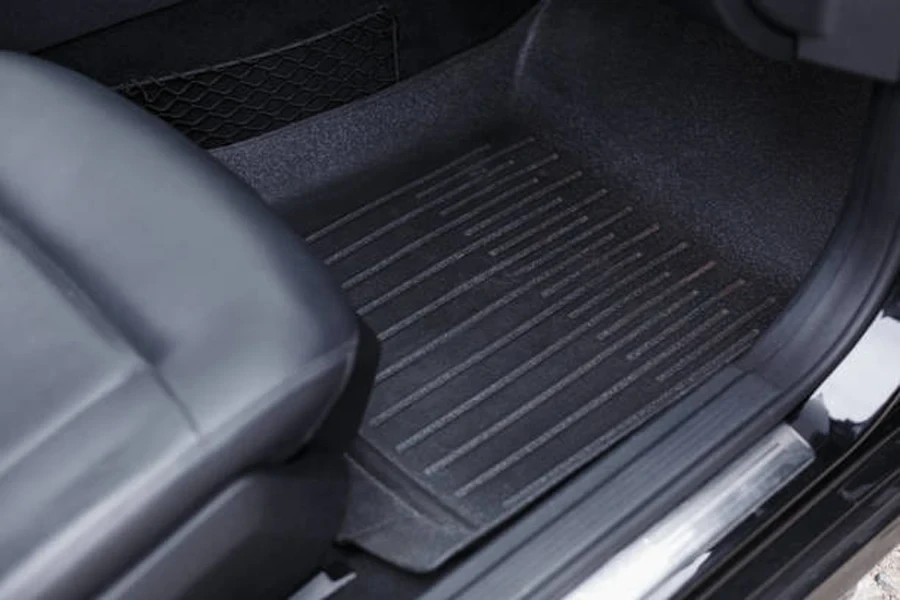
Rubber floor mats: The durable workhorse
Rubber floor mats are designed using vulcanized rubber, which offers high tensile strength and resilience against wear. These mats feature textured surfaces with deep grooves, enhancing their ability to trap liquids and debris. Rubber’s natural elasticity ensures the mats remain flexible under extreme temperatures, ranging from -40°C to 80°C, making them suitable for both hot and cold climates. Additionally, they are resistant to oils and chemicals, which is essential for vehicles exposed to industrial or off-road conditions.
Fabric and carpet mats: Comfort meets style
Fabric and carpet mats are crafted from nylon or polyester fibers, often layered over rubber or PVC backings to prevent slipping. They are treated with anti-stain and anti-static coatings to improve durability and maintain aesthetics. Carpet mats come in varying pile heights and densities, with higher densities providing enhanced dust trapping capabilities. Advanced manufacturing techniques, such as needle-punch technology, ensure superior durability and resistance to fraying, while allowing for intricate designs that complement car interiors.
All-weather mats: Built for every season
All-weather mats use thermoplastic elastomers (TPE) or polypropylene composites, which combine the flexibility of rubber with the robustness of plastic. These materials are known for their ability to withstand abrasion, UV exposure, and temperature extremes ranging from -50°C to 100°C. All-weather mats often feature laser-cut edges and raised perimeters, ensuring precise fits and preventing water seepage onto the car floor. The deep channels integrated into their designs enhance debris capture while allowing easy cleaning.
EVA mats: Lightweight and versatile
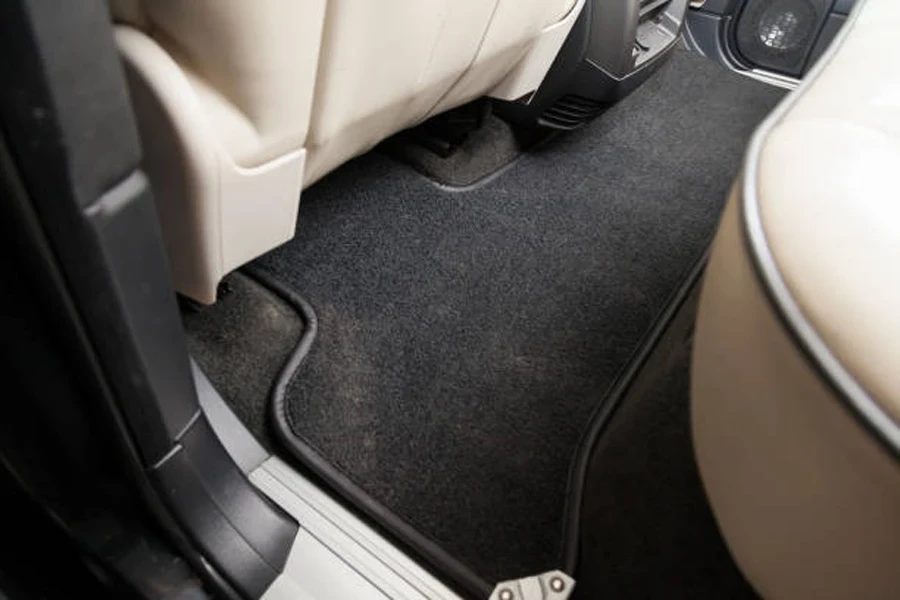
EVA mats are constructed from closed-cell foam material, which is waterproof and resistant to UV degradation. This material’s lightweight nature, coupled with its ability to withstand compression, ensures that these mats retain their shape over extended use. EVA mats typically have a micro-textured surface, which improves grip underfoot and prevents slippage. Their thermal insulation properties and resistance to chemicals like oils and solvents make them particularly suitable for high-use vehicles.
Luxury mats (5D, 7D, and 9D): Premium protection and style
Luxury mats employ a multi-layered construction combining PU leather, foam padding, non-woven fabric, and a non-slip base layer. The outer PU leather layer provides a sleek, water-resistant surface that is easy to clean, while the foam core offers acoustic insulation and shock absorption. These mats are custom-engineered using 3D scanning technology, ensuring precise fits for specific vehicle models. Features like double-stitched edges, diamond patterns, and anti-skid backings add to their appeal. The advanced designs in 7D and 9D mats include tub-style enclosures, providing full coverage for footwells, side panels, and even door sills, offering unparalleled protection and style.
Key factors to consider when choosing car floor mats
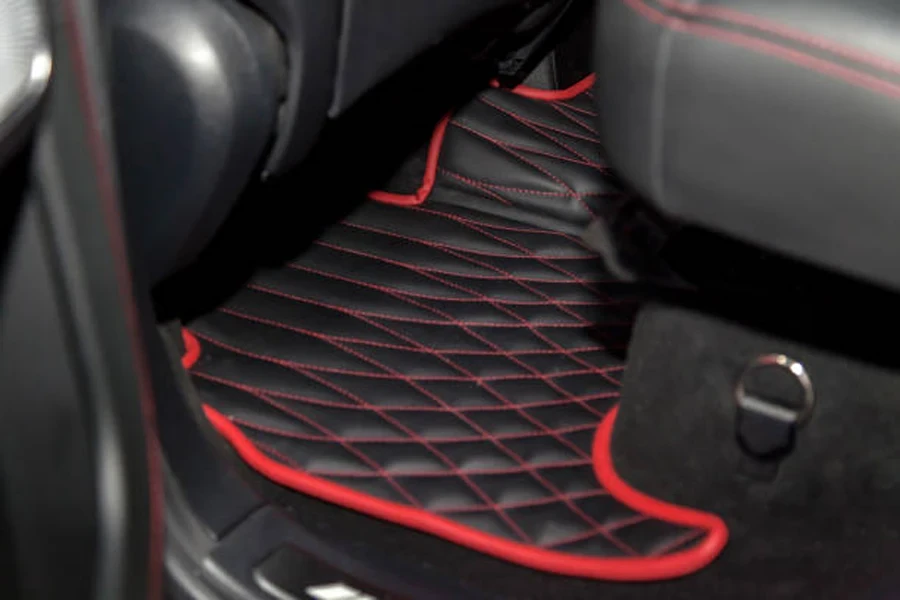
Fit and compatibility: Precision matters
Selecting mats with a precise fit is critical for safety and functionality. Custom-fit mats, designed using 3D scanning and laser-cutting technologies, ensure exact coverage of vehicle footwells without gaps or overlaps. This precision reduces risks of mats slipping or interfering with pedals, which is a potential hazard with universal mats. Custom-fit options also provide edge-to-edge coverage, effectively protecting the vehicle’s carpet and preventing dirt or moisture from reaching areas that are harder to clean. The secure anchoring systems found in some designs further enhance stability during driving.
Material selection: Balancing durability and comfort
The choice of material significantly impacts the mat’s durability and usability. Rubber mats are ideal for rugged environments due to their resistance to abrasion, oil, and chemicals, but they lack the premium look of fabric mats. Carpet mats, often made from high-density nylon or polyester, provide a more luxurious appearance and feel but are less resistant to moisture and wear. For a balance of durability and eco-friendliness, EVA and thermoplastic mats offer a lightweight, waterproof, and recyclable solution. The choice should align with the vehicle’s use—heavy-duty applications favor rubber, while casual or urban driving environments can benefit from carpet mats.
Climate considerations: Tailoring to your environment
Climate plays a key role in determining the best floor mat type. In regions with extreme weather, all-weather mats made from thermoplastic elastomers or rubber composites perform well, withstanding temperatures ranging from -50°C to 100°C. In areas prone to heavy rainfall, mats with raised edges and deep channels are necessary to trap water and prevent it from seeping into the carpet. For hot climates, materials resistant to UV degradation, such as EVA or high-quality thermoplastics, are essential to prevent warping or cracking.
Maintenance and longevity: Ease of cleaning
Ease of maintenance is a crucial factor for ensuring long-term use. Rubber and EVA mats are inherently resistant to stains and water, requiring only a quick rinse or wipe for cleaning. Carpet mats, while visually appealing, demand more effort, including regular vacuuming and stain treatment. To extend the lifespan of any mat, periodic cleaning and proper drying are vital. Some high-end mats come with removable, washable layers, adding to their convenience and appeal for frequent use.
Budget and aesthetic appeal: Finding the right balance
Floor mat costs vary widely, from affordable rubber mats to premium multi-layered options like 7D and 9D mats. Standard rubber mats may range from $20 to $50, while luxury mats can cost upwards of $200, depending on the features and materials used. Customization options, such as color matching or branded designs, can also impact pricing. While budget constraints are important, investing in mats that align with the vehicle’s style and offer enhanced protection can contribute significantly to the car’s overall value and aesthetics.
Conclusion
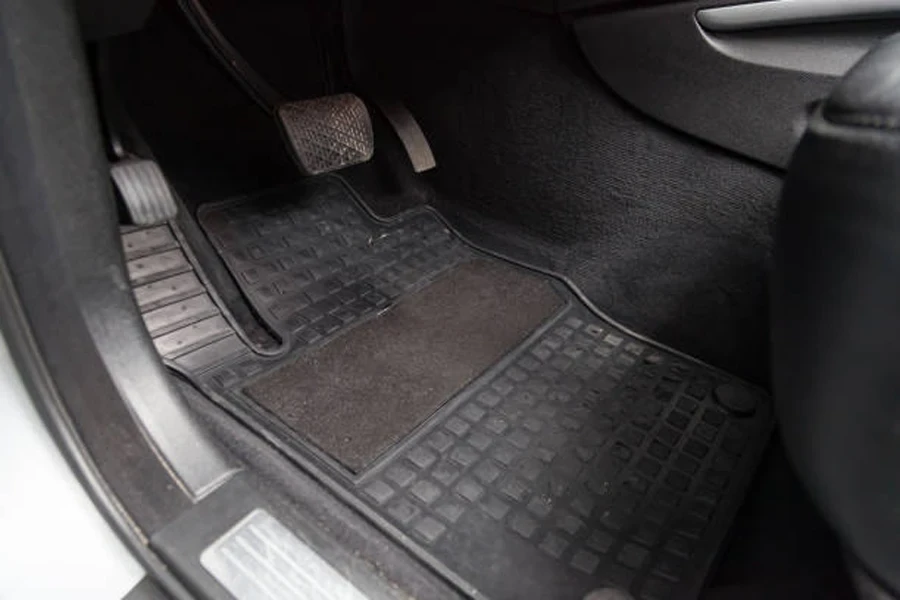
Selecting the right car floor mats is essential for combining functionality, protection, and style in vehicle interiors. High-quality mats not only safeguard the flooring from dirt, moisture, and wear but also enhance the overall aesthetics, aligning with the vehicle’s purpose and design. They serve as a practical investment by preserving the car’s condition, thus contributing to long-term maintenance and boosting resale value. With options tailored to various climates, uses, and budgets, businesses can cater to diverse consumer needs, ensuring both practicality and appeal.

